What you can see in Colmar:
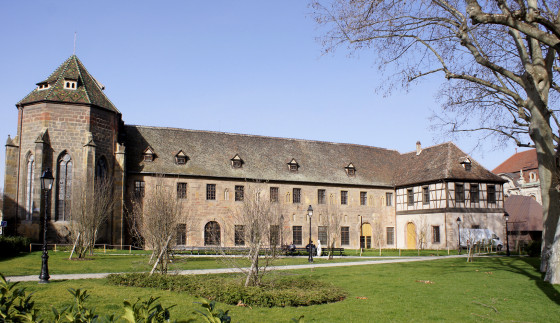
The Musée Unterlinden in the former convent "Unter den Linden" (Under the lime trees), which was founded in the 13th century.
"Little Venice" is the name of the course of the leeks in Colmar. This name comes from the original orientation of the houses on both sides of the river, which runs towards the south-east of the city.
The house Pfister was built in 1537 by order of the hat maker Ludwig Scherer. He gained his fortune by trading silver in the Val de Lièpvre. Despite its medieval characteristics, the house is the first example of the architectural renaissance in Colmar. With its corner oriel on two floors, its wooden gallery, its octagonal tower and its wall ribbon depicting biblical and secular scenes, the Pfisterhaus has become one of the symbols of ancient Colmar. It is named after the family who lived in the house between 1841 and 1892.
The collegiate church of St Martin, built between 1235 and 1365, is a major work of Gothic architecture in Alsace. For a long time the people of Colmar regarded the collegiate church of St. Martin as their cathedral (Münster).
The Dominican church dates from the early Middle Ages and originally corresponded to the austere architecture of the mendicant order, but was baroqueised in 1720. For most of the 19th century it was used for secular purposes before it was reused as a church in 1898.
Around 1475 Martin Schongauer's studio erected the altar of the Dominicans, which is now exhibited in the Unterlinden Museum. Since 1973, the Dominican Church has housed the main work of Martin Schongauer, the Madonna in the Rose Hag.
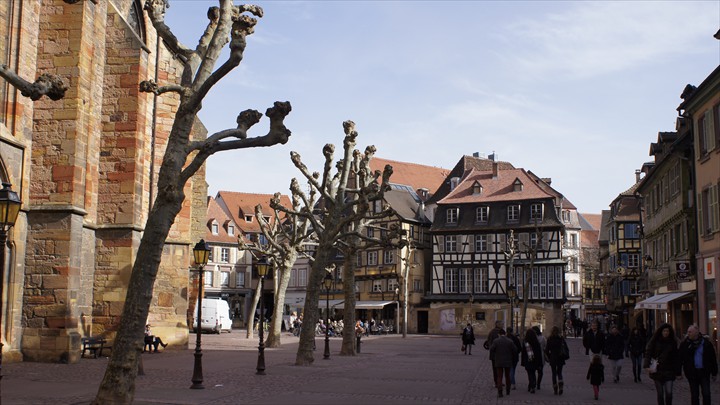
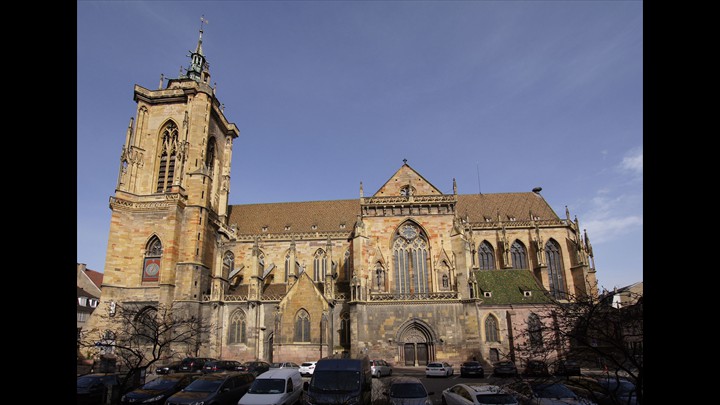
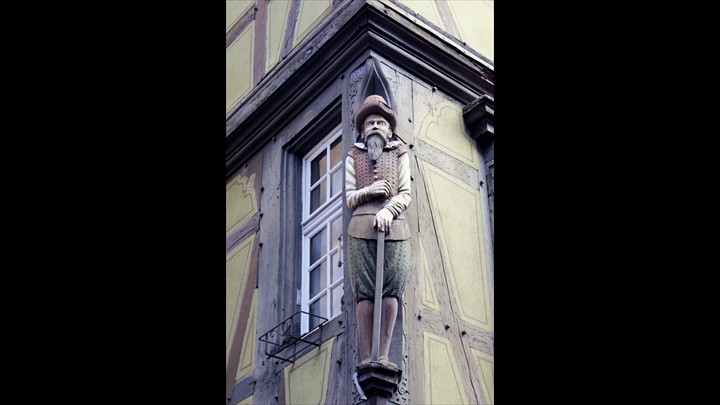 from the 16. century
from the 16. century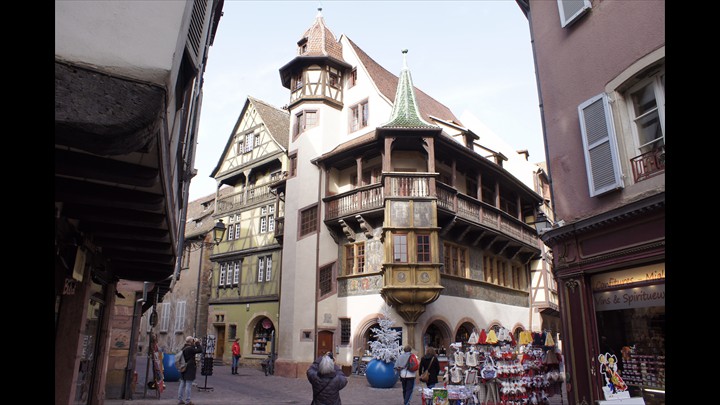 was built in 1537 by order of the rich hatter Ludwig Scherer from Besancon. The building is a jewel of the Renaissance.
was built in 1537 by order of the rich hatter Ludwig Scherer from Besancon. The building is a jewel of the Renaissance. 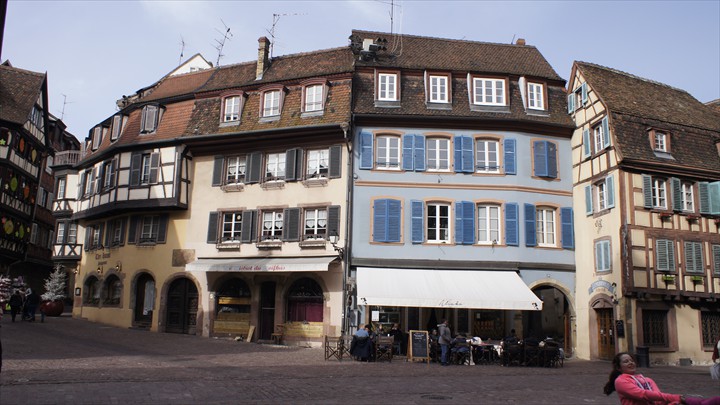
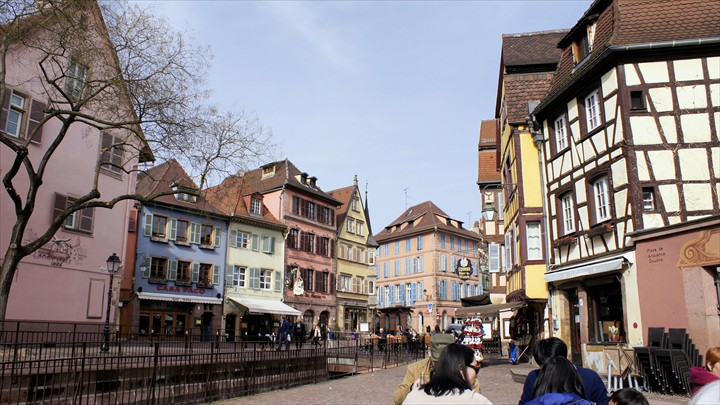
 mit Schwendi Brunnen
mit Schwendi Brunnen
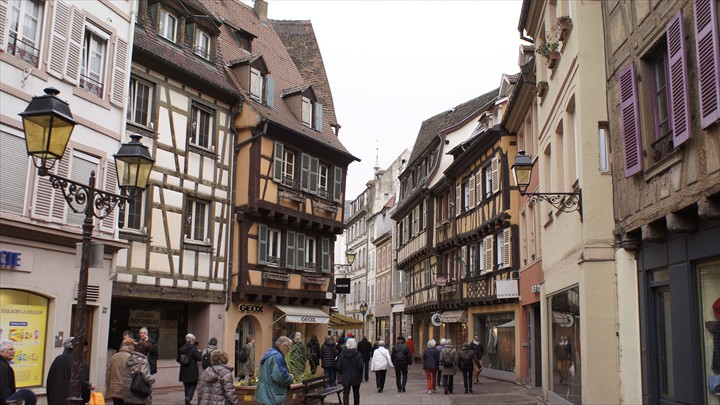
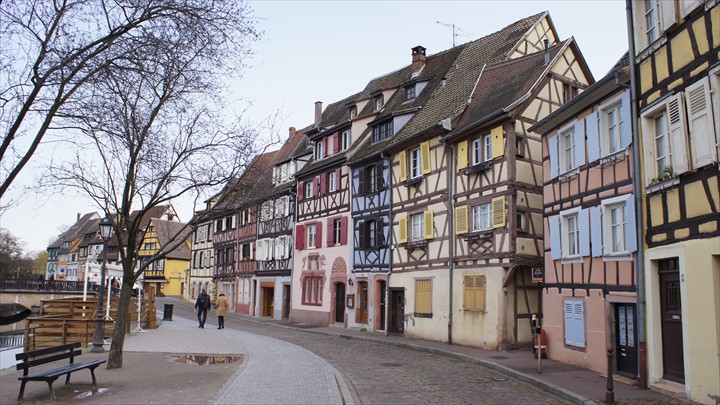
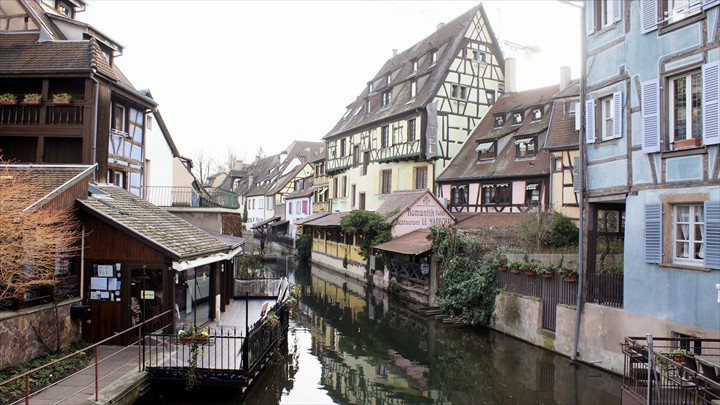
Pictures: G. u. V. Eichinger, Feb 2016
|
|